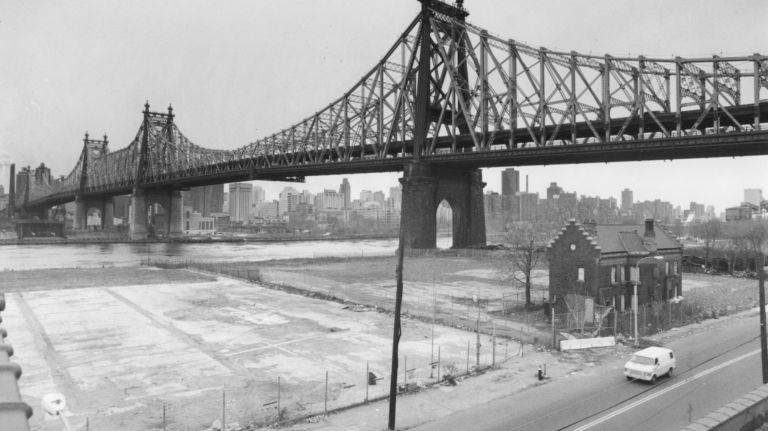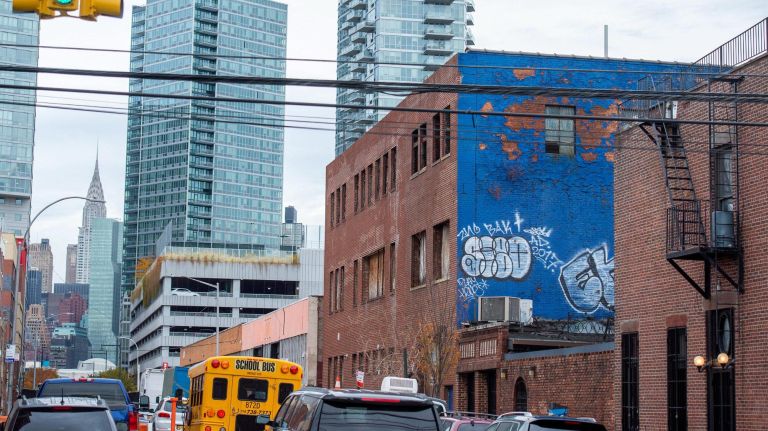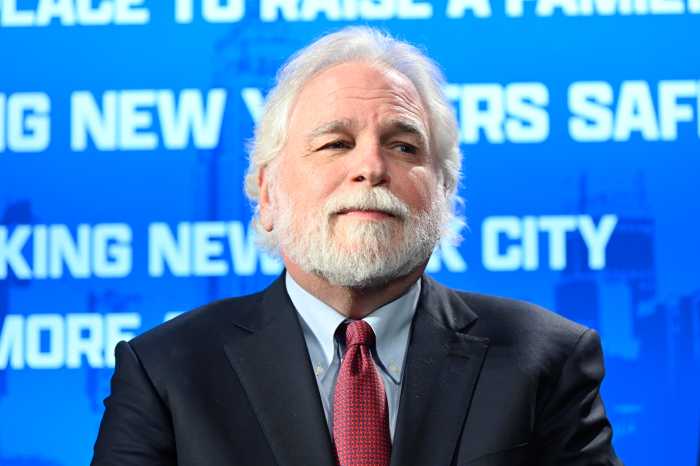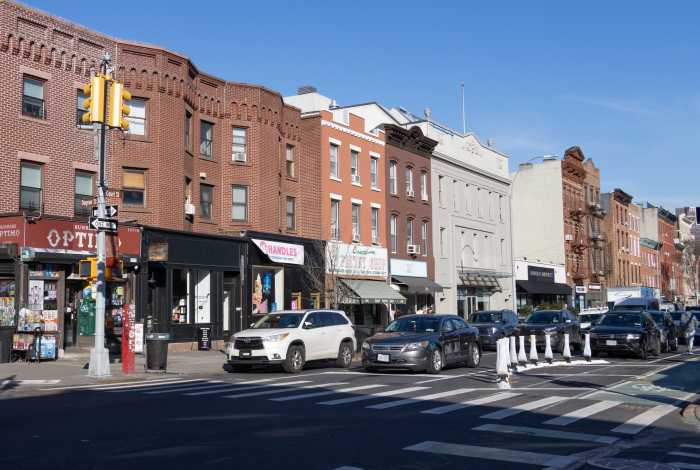
Long Island City has always been a place for innovation.
Whether it was the tide mills that used power from the East River to produce flour in the 1700s or the massive Sunshine Biscuits factory with 1,000 windows built in the early 1900s, the sprawling Queens neighborhood is where entrepreneurs start out and established companies expand.
“Literally, every building in Long Island City was a dream of somebody that had a really fabulous idea,” said Robert Singleton, executive director of the Greater Astoria Historical Society, who has spent years documenting the area’s history. “This has always been a place of forward-thinking people.”
The spotlight on Long Island City is brighter than ever with the announcement Tuesday that Amazon plans to build a headquarters on a swath of its waterfront.
It comes on the heels of rapid redevelopment in recent years, where old factories and plants were replaced by gleaming glass towers, a boom in hotels and an influx of new residents.
But while it may seem Long Island City changed overnight to some, the hype around making it the next big neighborhood stretches back decades.
“I joke it’s explosive growth 30 years in the making,” said Elizabeth Lusskin, president of the Long Island City Partnership.
New York Magazine ran a front page story in 1980 detailing how real estate spectators were eyeing the landscape.
The ambitious Queens West plan, a joint effort of the city and state, promised office space, apartments and retail along the vacant waterfront when it was announced in the early 1980s. It would be more than a decade before the first project was completed – a park by the old gantries on the East River.

An art community grew with P.S.1 taking over a stately old school building and the Socrates Sculpture Park rising from an illegal dumpsite on the water’s edge.
Meanwhile, the factories that once created everything from Swingline staplers to Chicklets gum were closing down.
Some found new life. The Silvercup Bakery — which serenaded travelers on the Queensboro Bridge with the aroma of baking bread — was transformed into a film and television production facility.
Still, by the early 1990s, the 50-plus story building at One Court Square (then known as the Citibank Building) cut a lonely figure on the Long Island City skyline.
Dramatic change came after a 2001 rezoning by the administration of then-Mayor Michael Bloomberg that allowed for office and residential construction in the manufacturing zone as well as taller buildings.
Several years later, Eric Benaim, a young real estate agent from Manhattan, found himself walking around Long Island City.
“I realized there were no real estate people here,” said Benaim, who grew up in Queens. “I said, ‘To hell with Manhattan, I’m starting to focus all my business here.’ ”
Benaim said the prices were right and the commute was unbeatable.
“It’s literally four minutes from Grand Central if you are in Hunter’s Point,” he said. “From Court Square, in 10 minutes you could be inside Bloomingdale’s shopping. There was a lot to buy and people started buying.”
He sold 50 residences in 2006 and two years later opened his own real estate firm called Modern Spaces, which has focused on the area.
“It’s transportation, talent and taxes,” said Ari Ginsberg, a professor of entrepreneurship and management at NYU’s Stern School of Business. “Places that have deteriorated in terms of industrialization then became opportunities for new types of business and new types of talent.”
Lusskin said Long Island City became an attractive option as more people have decided to remain in the five boroughs.
“The same things that have made this great as a commercial area also make it a great place for people to live,” she said. “There has always been a very vibrant scene here: people making things, making ideas, making art. You have a lot of pieces and now they are clicking together.”





































